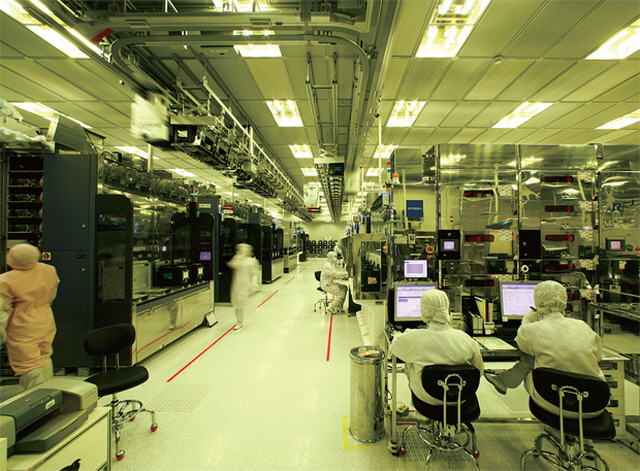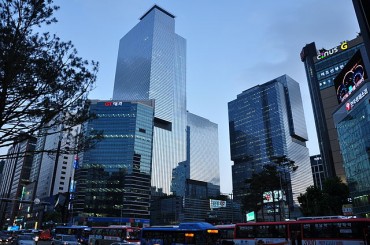SEOUL, Jun. 5 (Korea Bizwire) — Last year, semiconductors accounted for 17.4 percent of all exports from South Korea.
With aggregate semiconductor exports totaling $92.7 billion, 39.5 percent ended up in China, and 27.2 percent in Hong Kong.
In short, the value of Korean semiconductors exported to China accounted for 11.6 percent of all South Korean exports.
But with China recently initiating an investigation into allegations of collusion in the semiconductor sector, many in the industry are feeling the pressure.
When it comes to semiconductor memory, Korean producers possess technology that dominates their foreign competitors.
Thus, considering that supply has yet to catch up with demand, many analysts remain optimistic and claim that the outreach effect of the ongoing investigation will not be extensive.
On the other hand, the industry is bracing for the worst.
According to industry insiders, Samsung’s DRAM market share in the first quarter of the year led the industry at 44.9 percent, followed by SK hynix and American DRAM maker Micron at 27.9 percent and 22.6 percent, respectively.
While the market shares of Samsung and SK hynix fell slightly from the previous quarter (46 percent and 28.7 percent), Micron’s market share rose from 20.8 percent to 22.6 percent.
Sales at the South Korean memory giants rose by only 2.9 percent and 2.2 percent, while Micron’s sales saw a surge of 14.3 percent from the previous quarter.
Some experts, therefore, say Micron is the target of China’s probe, as the tug of war between the Trump administration and Xi Jinping’s government continues to overshadow the two nation’s trade policies.
Recently, the Chinese government met with officials at Micron to question the American company on its DRAM pricing.
But even if the main target of the investigation is indeed Micron, most analyst believe that China’s strategy is to pressure Samsung and SK hynix, the world’s leading makers of DRAM chips, at the same time.
Still others believe that as China continues to invest heavily in its semiconductor industry, the communist state is trying to stall for time as it aims to quickly narrow the gap that exists between homegrown and foreign semiconductor technology.
One expert familiar with the situation said that China is vying to pressure Samsung and hynix while it continues to foster its own semiconductor infrastructure.
Kevin Lee (kevinlee@koreabizwire.com)






